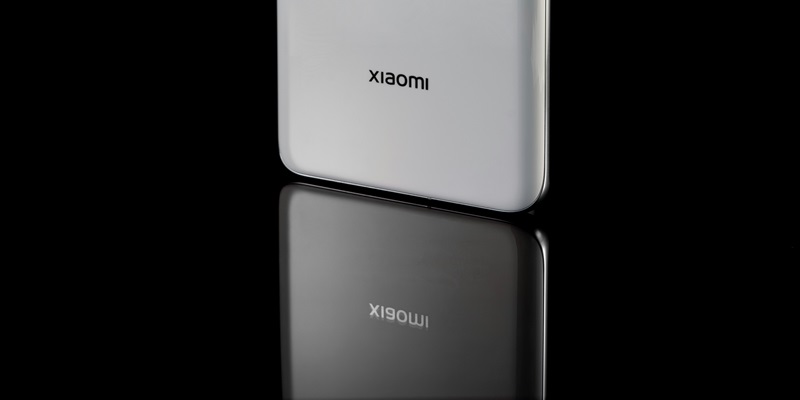When discussing the best budget smartphones, the Xiaomi Redmi 7A deserves significant attention. Released as a value proposition for cost-conscious consumers, the device balances low cost with reasonably good performance. Its durability comes courtesy of a simple, sturdy plastic build, housing a 5.45-inch IPS LCD display that delivers respectable image clarity for its price range. This makes the Redmi 7A an excellent choice for those who use their phone for basic functions like calling, texting, and occasional web browsing.
At the heart of the Redmi 7A is the Qualcomm Snapdragon 439 chipset, which, combined with 2GB or 3GB RAM options, ensures that the device performs well under ordinary usage conditions. Although not built for high-end gaming or intense multitasking, the Redmi 7A stands out in its ability to handle everyday apps without significant lag, a feat not always seen in budget offerings.
A Closer Look at Performance and Features
The Redmi 7A is notable for its impressive battery life, with a 4000mAh capacity that easily lasts a full day—critical for those often away from charging sources. This feature is particularly compelling in the budget phone segment, where the value of infrequent charging is high.
The phone is equipped with a 12MP back camera and a 5MP front camera. While you won’t be taking award-winning shots, they are adequate for well-lit snapshots, suitable for social media or personal keepsakes.
Moreover, the Redmi 7A runs on the MIUI interface atop Android, providing a smooth user experience. Despite some criticisms about bloatware, MIUI offers consistent updates and necessary security patches, contributing to the phone’s appeal in the budget category. Its decent set of features and reliable performance make the Redmi 7A a strong candidate in its price bracket.

